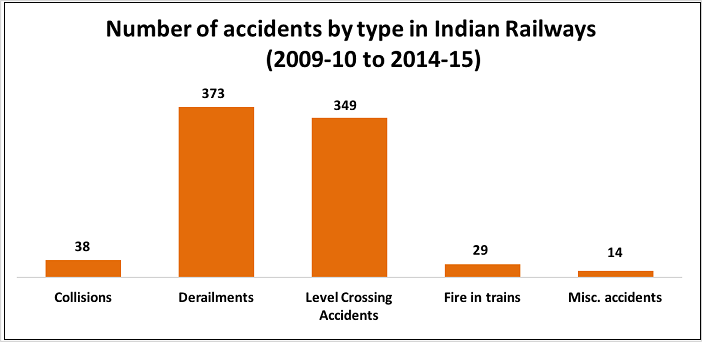7667766266
enquiry@shankarias.in
Why in news?
Apathetic Attitude:
What is the core reason for the mishaps?
Technological measures to improve safety:
Recent Standing Committee Report:
The Standing Committee on Railways headed by Sudip Bandopadhay submitted its report on Safety and Security in Railways on December 14, 2016. Key observations and recommendations of the Committee include:

Conclusion:
Category: Mains | GS – III | Infrastructure